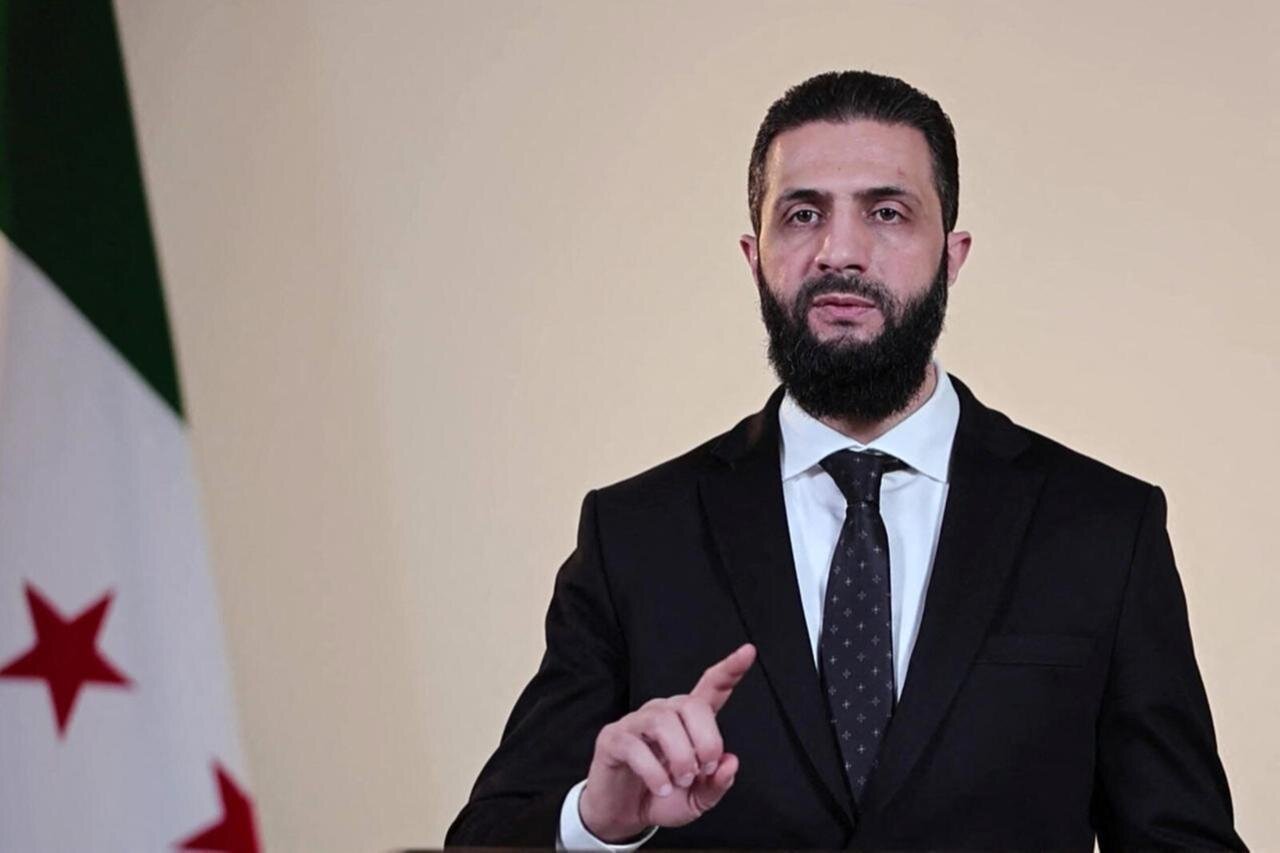Discontent growing in Syria

TEHRAN – Unease is growing in Syria as Ahmed al-Sharaa’s centralized and repressive rule sparks protests, sectarian violence, and deepening national instability.
The approach of Ahmed al-Sharaa’s self-appointed government has been highly centralized, sidelining key segments of the Syrian population.
By consolidating power and excluding various communities, al-Sharaa has created a political environment where dissent is met not with dialogue, but with force and suppression.
This heavy-handed governance has sparked growing unrest. The Druze community recently took to the streets again demanding accountability after deadly clashes with forces aligned with the ruling authorities in Damascus.
Tensions also escalated along the Syrian coast, the heartland of the Alawite sect.
In March, sectarian violence killed approximately 1,400 people, mostly civilians, in what the United Nations says were likely war crimes committed by members of Syria’s interim government forces.
The militant-led Hayat Tahrir al-Sham (HTS), aligned with al-Sharaa, ousted former President Bashar al-Assad in December, deepening existing sectarian rifts.
According to a new statement by the UN Syria Commission of Inquiry, the Syrian authorities sent reinforcements who were joined by thousands of fighters. What began as a military operation quickly turned into large-scale, sectarian killings.
The commission urged the interim government to expand its efforts to hold perpetrators accountable.
“The scale and brutality of the violence documented in our report is deeply disturbing,” said Paulo Sergio Pinheiro, chair of the commission. “We call on the interim authorities to continue to pursue accountability for all perpetrators, regardless of affiliation or rank.”
Although dozens of suspects have reportedly been arrested, the commission stated that the severity of the violence requires a much broader response.
The report also warned of continued retaliatory attacks, saying they are taking place “amidst a heightened climate of fear and must urgently be addressed by the interim government.”
Meanwhile, al-Sharaa’s forces are engaged in ongoing clashes with Kurdish groups in contested areas.
Backed by certain regional countries and receiving indirect support from Europe and the U.S., al-Sharaa appears to believe he can act with impunity. But the reality is more complicated. Regional powers remain heavily involved in Syria.
The Israeli regime has repeatedly exposed the weakness of the new Syrian state institutions by striking nearly all of the country’s key military assets.
Experts argue that the course al-Sharaa has taken is ultimately unsustainable. It is unlikely to bring stability and instead risks pushing Syria further toward collapse.
Adding to the challenges, al-Sharaa’s government now faces pressure to address the status of thousands of foreign militants who fought in the decades-old Syrian war.
These individuals have formally petitioned Syria’s Interior Ministry for citizenship and Syrian passports.
According to Reuters, the fighters claim they deserve citizenship due to their role in toppling the Assad government. Their letter states that Syrian nationality would allow them to legally settle, own property, and travel freely.
The request was submitted on their behalf by Bilal Abdul Kareem, a prominent figure among foreign fighters. A former American comedian turned war correspondent, Abdul Kareem has mostly lived in Syria’s Idlib since 2012. Speaking to Reuters by phone, he said the petition represents thousands of foreign nationals from more than a dozen countries.
These include individuals from Egypt, Saudi Arabia, Lebanon, Pakistan, Indonesia, the Maldives, the UK, Germany, France, the U.S., and Canada, along with fighters of Chechen and Uyghur origin. Many of them and their families lack valid legal documents, and some have been stripped of their original citizenships.
They fear imprisonment or even execution if forced to return to their home countries.
Critics argue that granting foreign fighters Syrian citizenship will not sit well with the local population.
Leave a Comment